With an acre nestled in the gentle hills of an unincorporated area north of Chicago, Kathy Hamill and her partner, Teece Bowman, could have left their property to be just another massive lawn. But thanks to an epiphany that came with a volunteer project in their neighborhood, they decided to restore their landscape to a wildlife-friendly haven based on native plants.
Their house is affectionately known as “The Time Warp” because of its throwback style, and now their entire property recalls a previous time when plants and animals thrived in indigenous landscapes ranging from prairie to wetland to woodland.
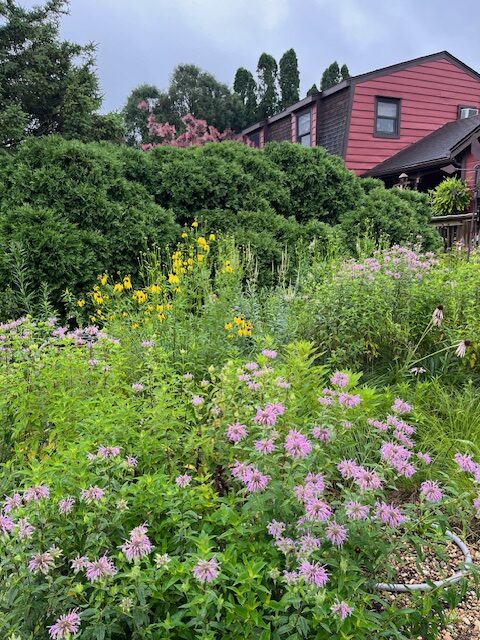
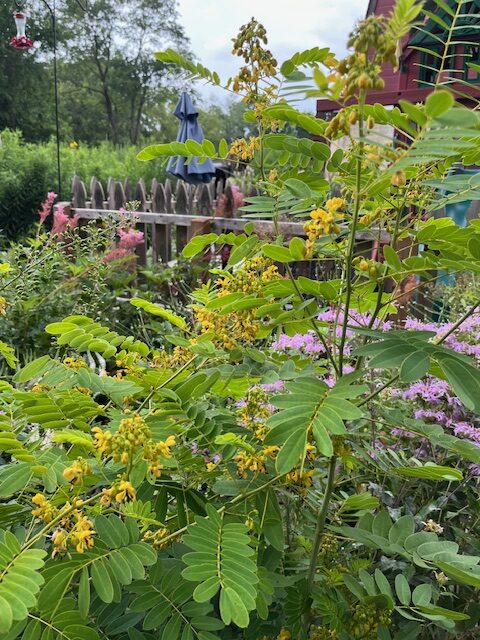

It all started in 2015 when Kathy, a lawyer who had recently retired, agreed to help her property owners’ association find a solution to a public space problem. Homeowners were encroaching on the neighborhood’s 53-acre greenbelt that contains a creek, and the association asked for help. She discovered regulations relating to riparian buffers around bodies of water, which led her to more discoveries about the ecological functions of those buffers and how native plants support the food web.
Kathy and Teece read works by Doug Tallamy and Nancy Lawson, and they learned how important native plants are for supporting healthy ecosystems. “I realized this isn’t just a choice — it’s a necessity. And a property of this size with this kind of space around it is exactly where it needs to happen,” she says.
She and Teece joined the Wild Ones Greater Kane County Chapter and quickly learned about native plantings. Much of the property is in a gully, so they started with a rain garden. During home additions to make space for an elderly relative, they removed a driveway in an upland part of the property and replaced it with a prairie garden. Soon, all the turfgrass in their backyard was gone, replaced with prairie and wetland plants based on elevation and drainage.
“The prairie is so alive with squirrels, chipmunks and little creatures, plus birds and pollinators, it’s buzzing like what you see in an old-time cartoon,” Kathy adds.
The rain gardens contain moisture-loving stalwarts like cardinal flower (Lobelia cardinalis) and bottle gentian (Gentiana andrewsii), and the prairies have favorites such as asters, goldenrods, compass plant (Silphium laciniatum) and prairie dock (Silphium terebinthinaceum).
There is also a small woodland with black walnut trees and shade natives such as Jacob’s ladder (Polemonium reptans), mayapple (Podophyllum peltatum) and wild ginger (Asarum canadense).
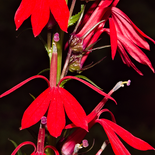
Cardinalflower(Lobelia cardinalis)
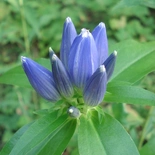
Closed Bottle Gentian(Gentiana andrewsii)
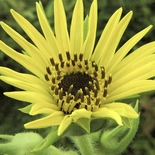
Compassplant(Silphium laciniatum)
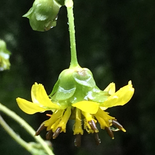
Kidneyleaf Rosinweed(Silphium compositum var. reniforme)
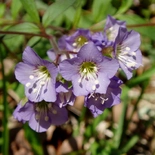
Jacob's Ladder(Polemonium reptans)
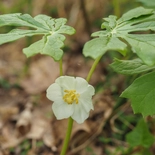
Mayapple(Podophyllum peltatum)
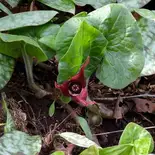
Canadian Wildginger(Asarum canadense)
The couple have predominantly planted their gardens with plugs. Teece describes their process, which is an idea they got from fellow Wild Ones members: “We’ll cover the grass with corrugated cardboard and use landscape staples to keep it in place. Then, I drill and augur holes in the cardboard, and we put the plugs right in and fill it in with wood chips.”
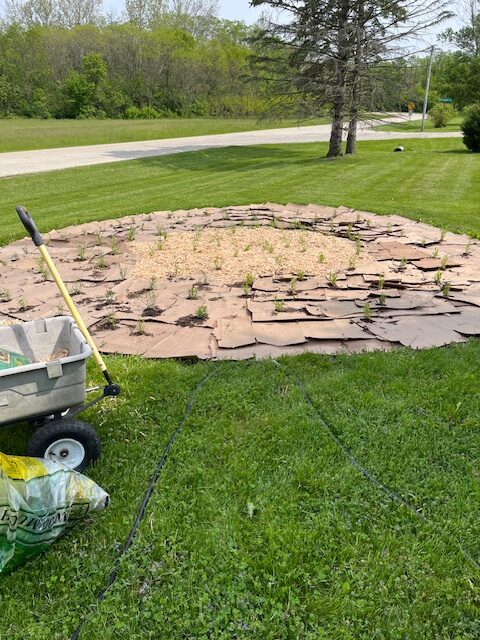
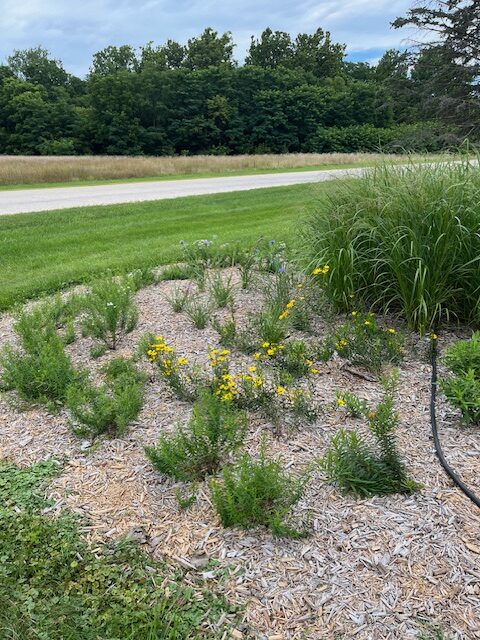

As the gardens have flourished, Kathy and Teece remain focused on the value for wildlife. “The amount of pollinators drawn to the yard is astounding,” Kathy says. “We must have 30 or 40 species of native bees out there, and the whole yard is like what you see in a children’s book with animals everywhere.”
In addition to insects they have a variety of birds that visit frequently, including cardinals, cedar waxwings, orioles, sparrows and a catbird. There are a few bird feeders on the property with sunflower seeds, but the birds primarily feast on seeds from the native plants.
They welcome amphibian visitors, too. “We had to build a fence around the pond to stop our dogs from squishing any frogs,” Kathy adds. She and Teece built a unique curved fence around the pond using plastic lumber and wooden pickets. Then they added a split-rail fence with rabbit wire around the woodland area so that their canine companions couldn’t get in there to hunt rodents.
Looking ahead, they plan to replace some ornamental cedars with native shrubs, such as serviceberry (Amelanchier) and nannyberry (Viburnum lentago). They’re also moving plants that have started overcrowding areas, establishing and maintaining pathways, and dealing with the occasional overly aggressive native plant.
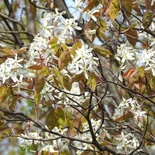
Common Serviceberry(Amelanchier arborea)
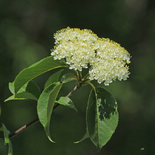
Nannyberry(Viburnum lentago)
“Cut-leaf coneflower is a good plant but it will take over the garden if I don’t cut it back,” Kathy explains. She’s planning to remove patches that have started to bully other plants.
She advises gardeners starting out on their native plant journey to be mindful of their location and check any local ordinances. With a spacious property surrounded by other large lots, Kathy and Teece don’t get concerned about their gardens looking “wild” or “weedy,” but they understand that others may have to take that into consideration.
But overall, they recommend staying positive. “Plan for success!” Kathy says. “It’s hard to accept sometimes that these tiny plants need three feet between them when you’re planting them, but they will fill in and then you have to thin them out. So, expect that you’ll be successful and go from there.”
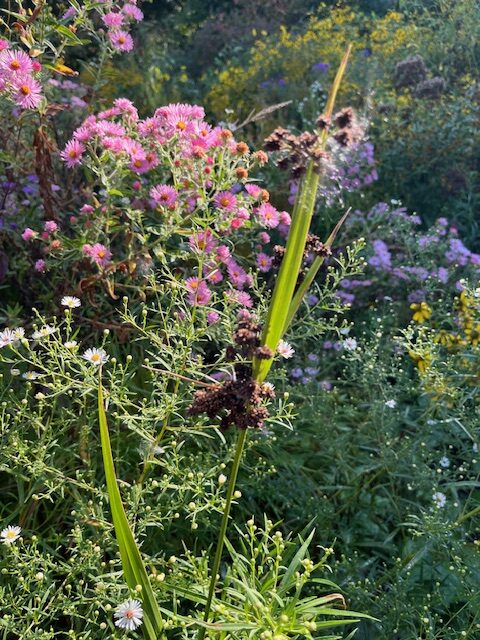
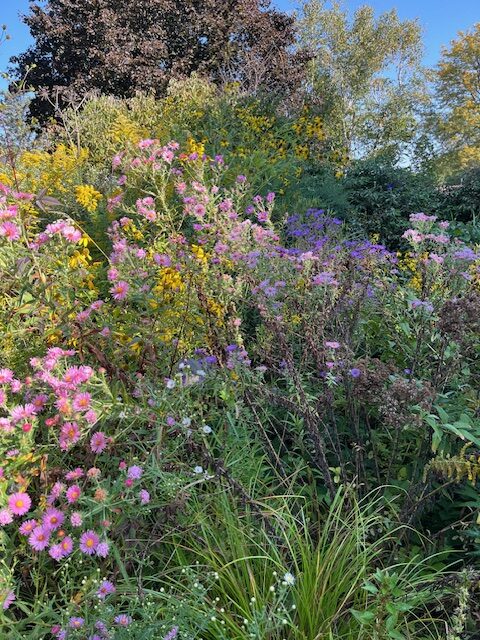
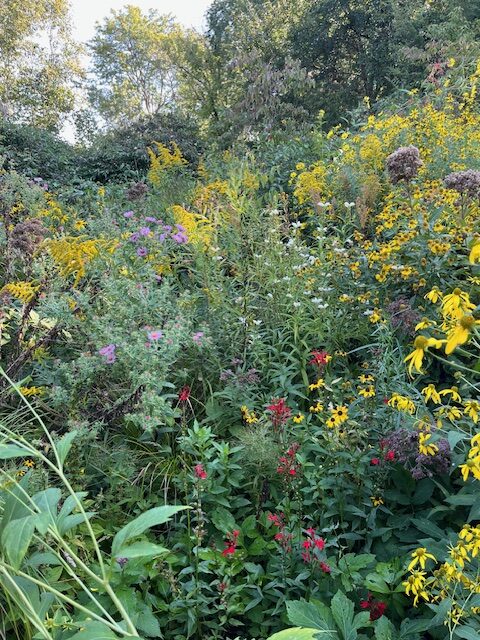

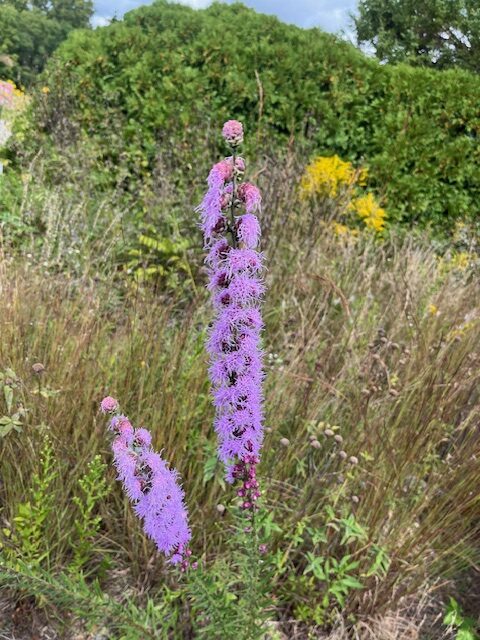
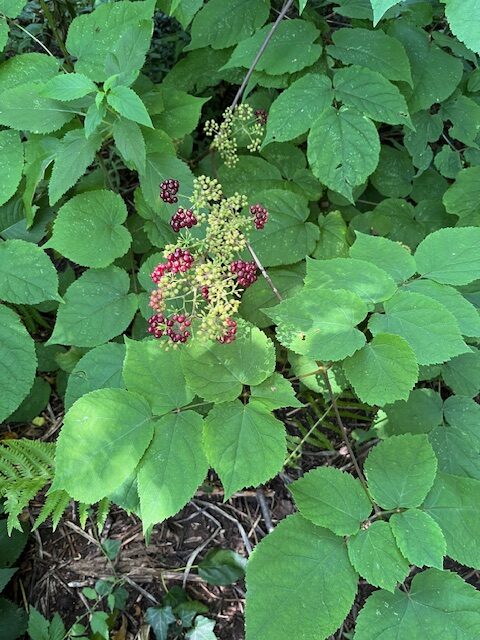
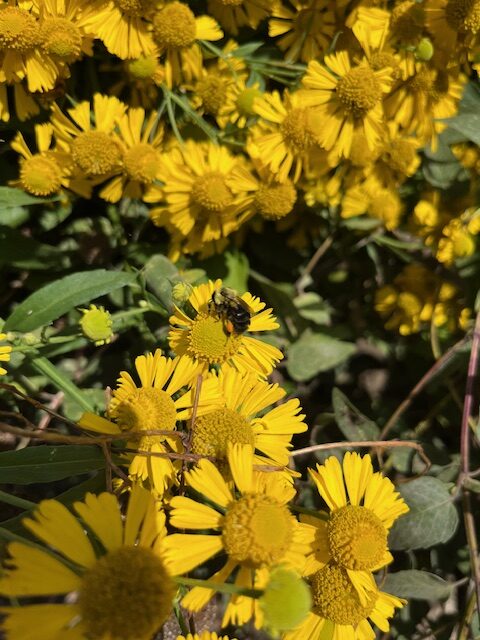
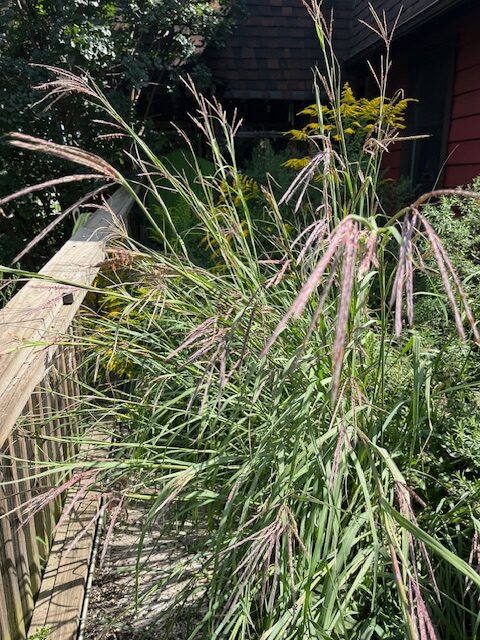
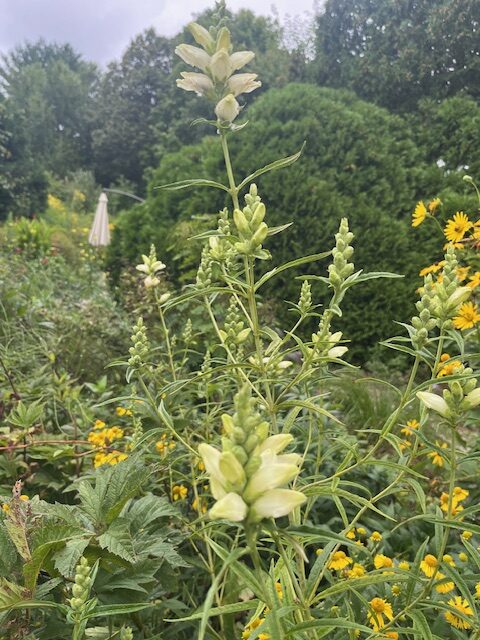
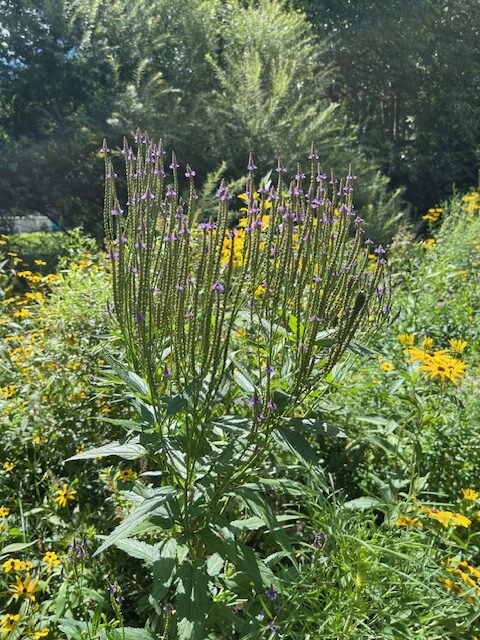
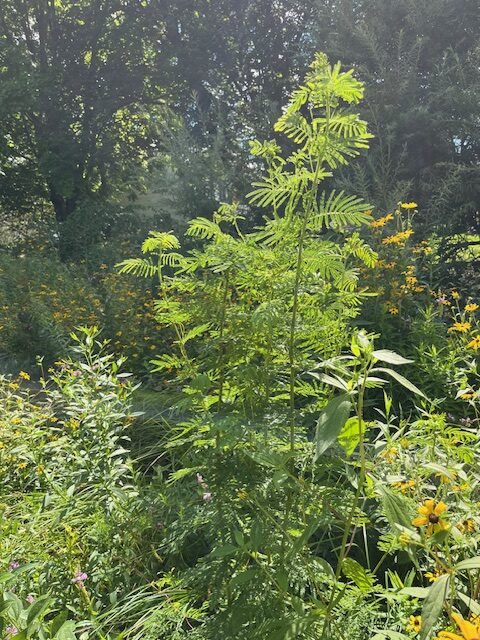

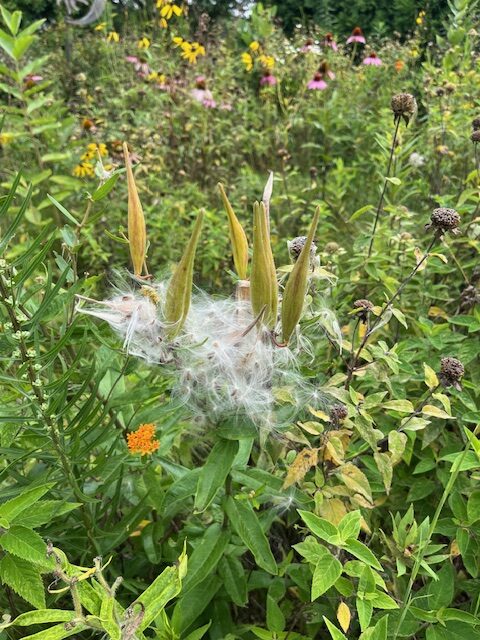
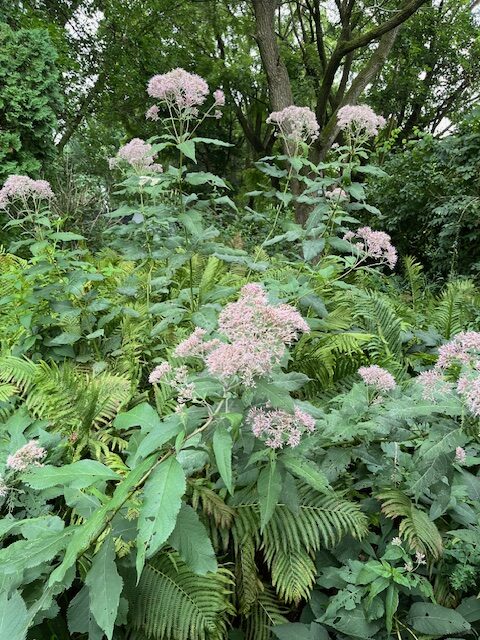
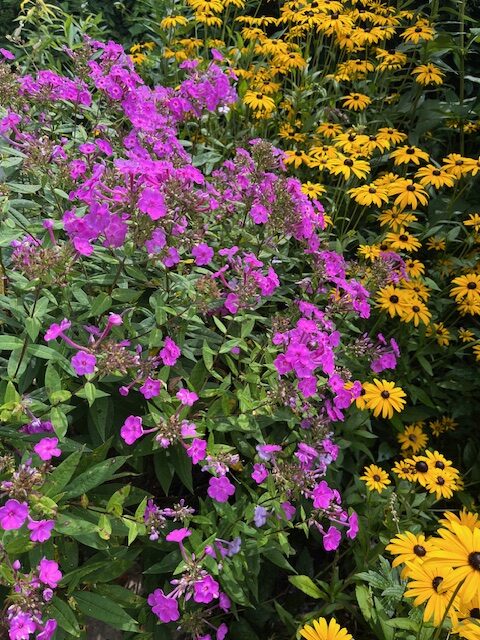

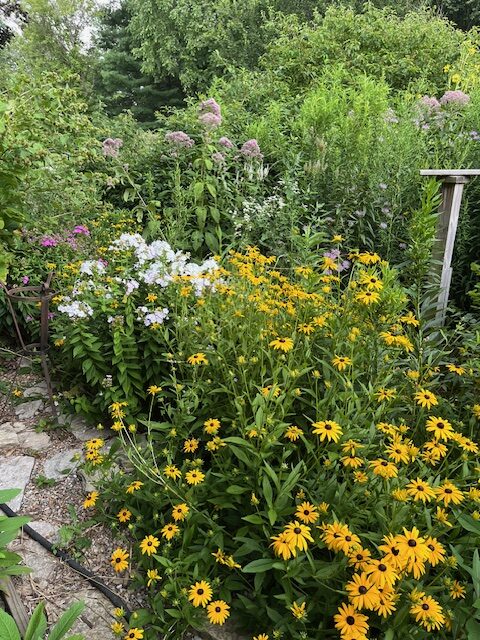

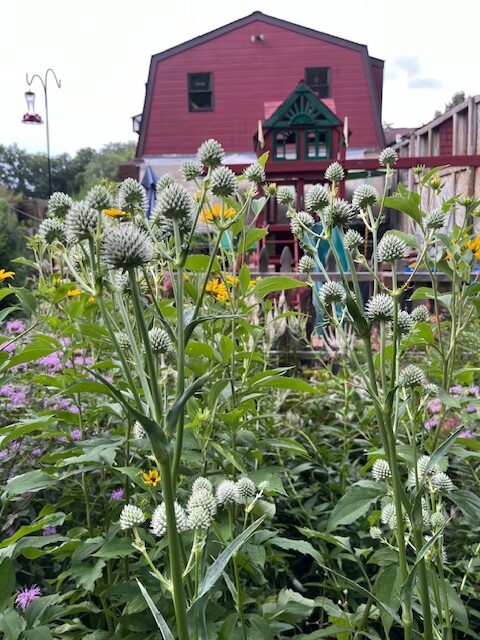
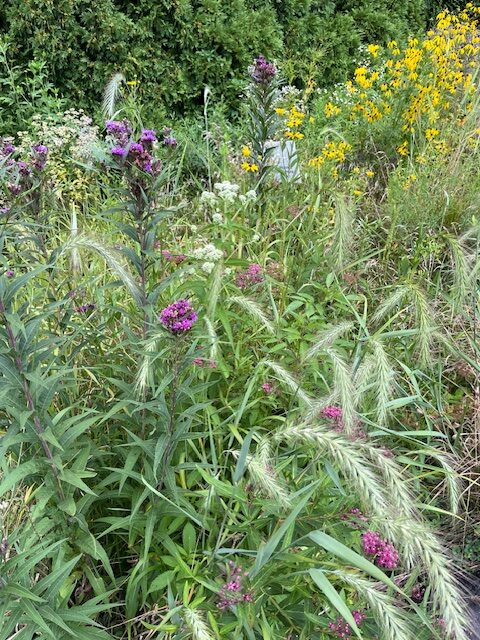
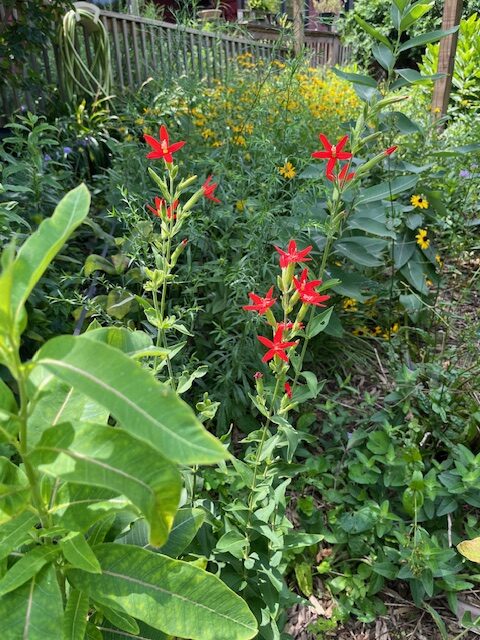
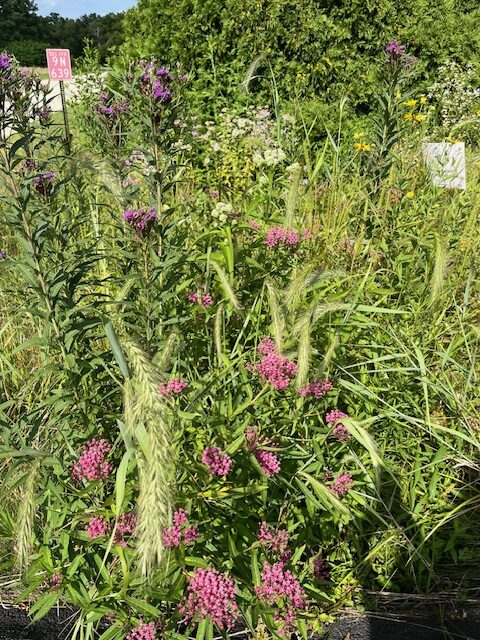
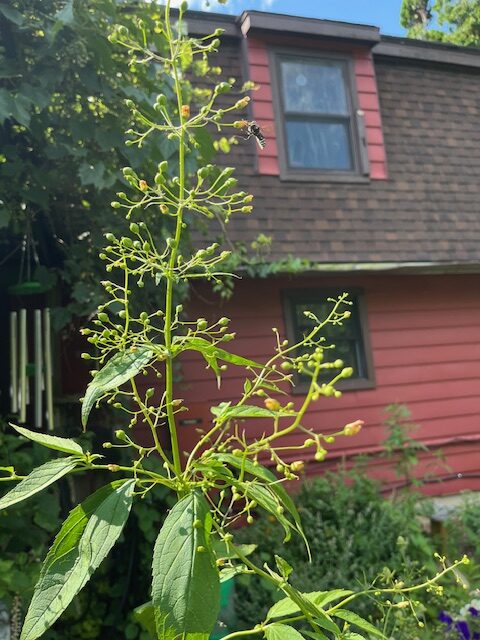
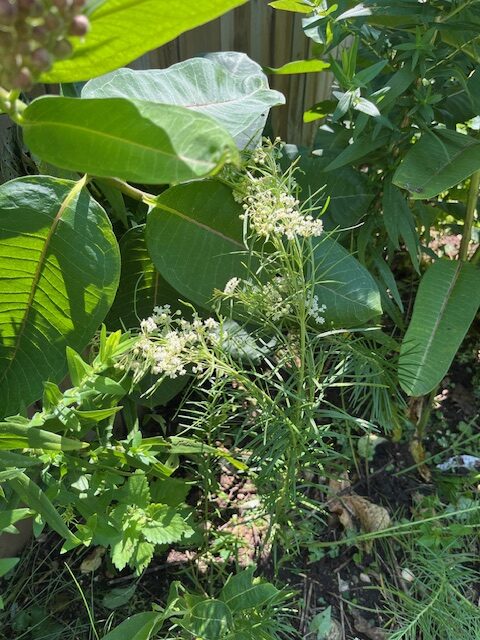
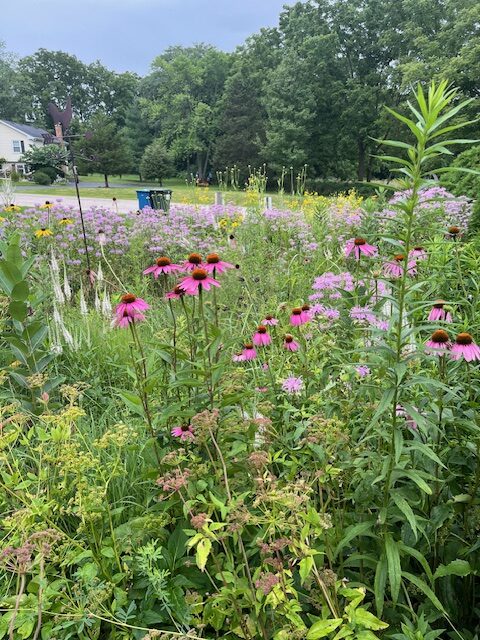
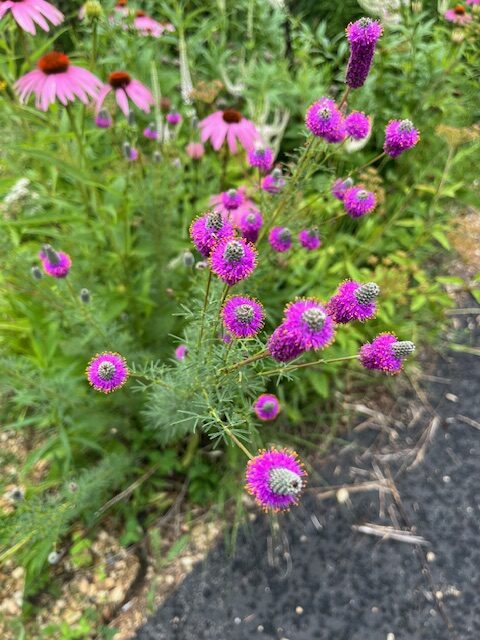
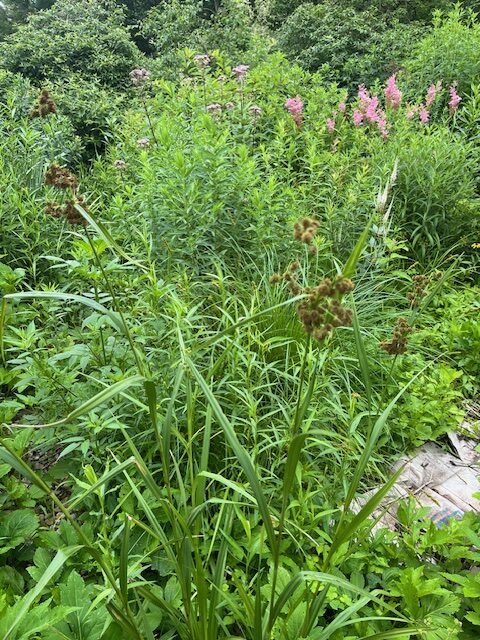
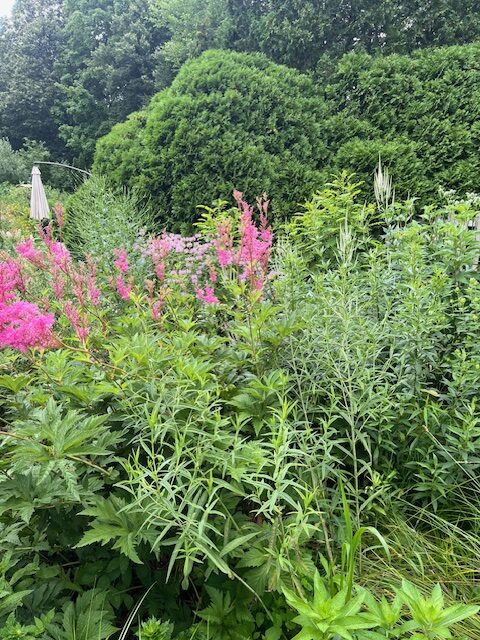
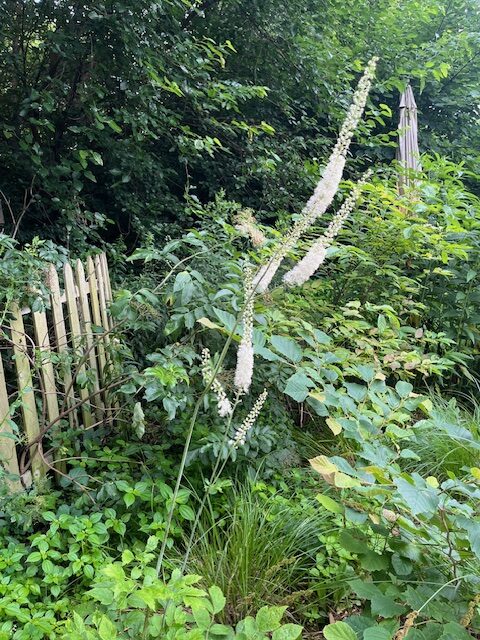
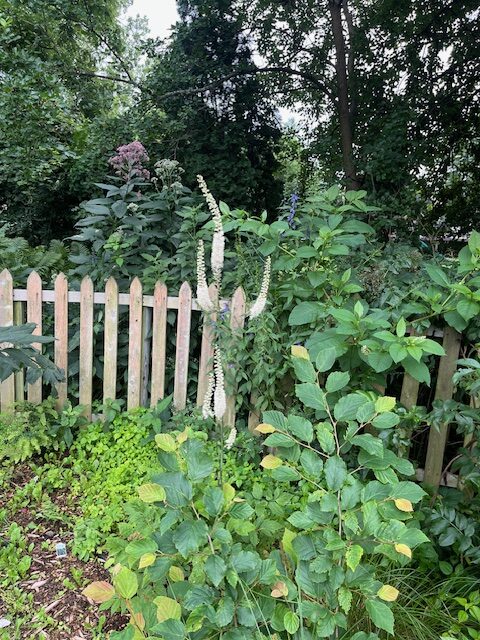
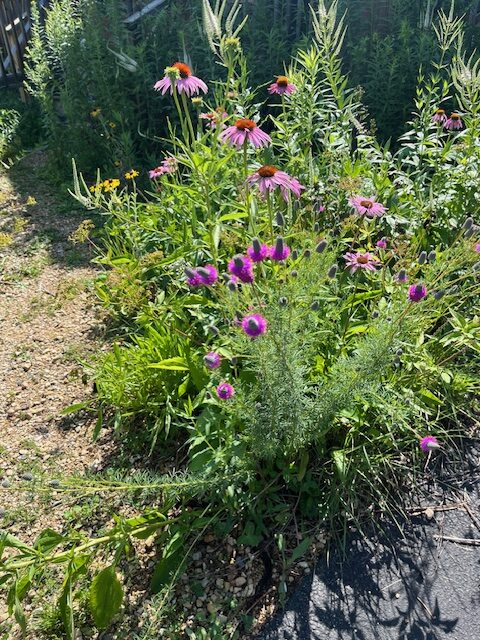
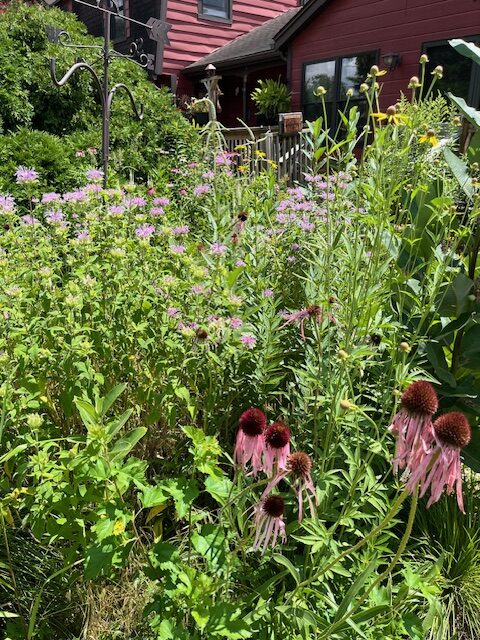
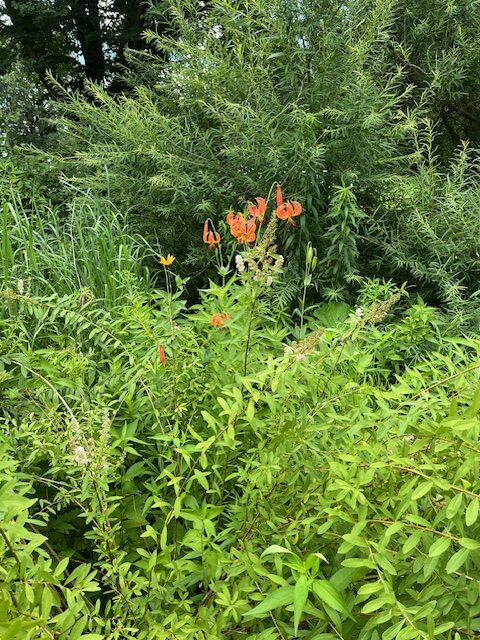
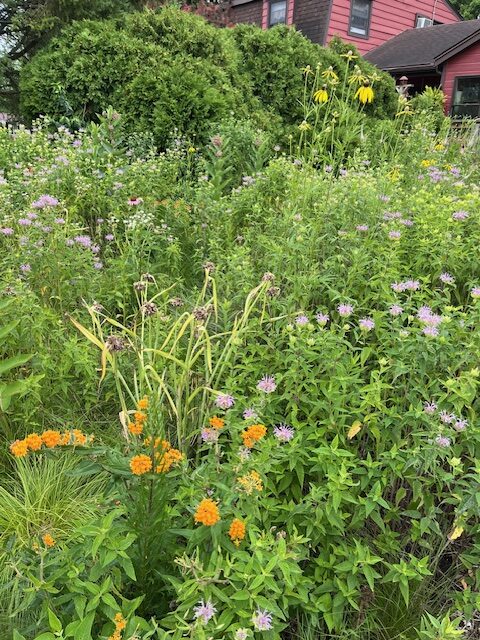

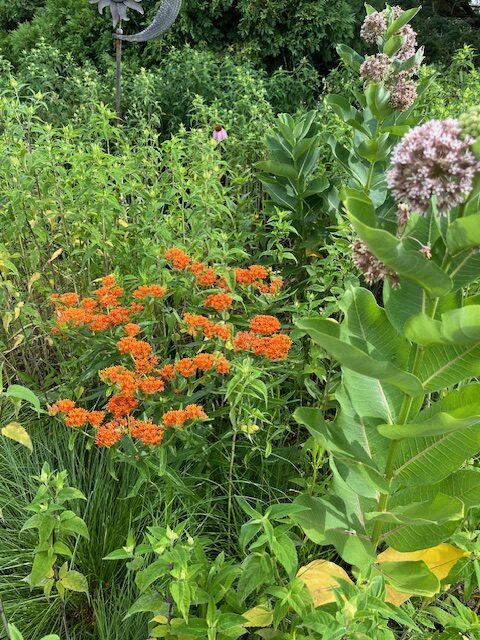
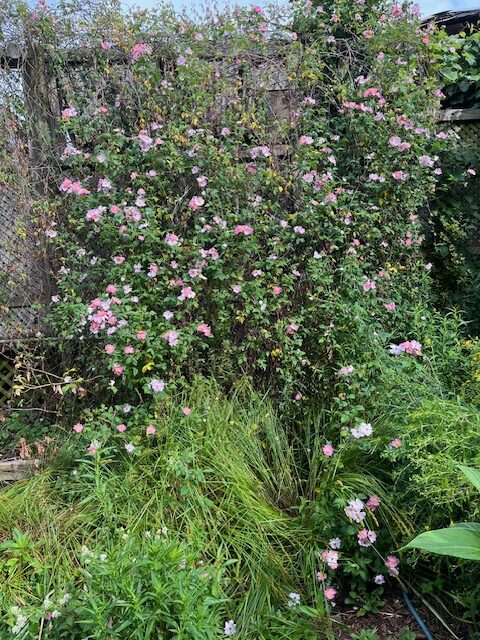
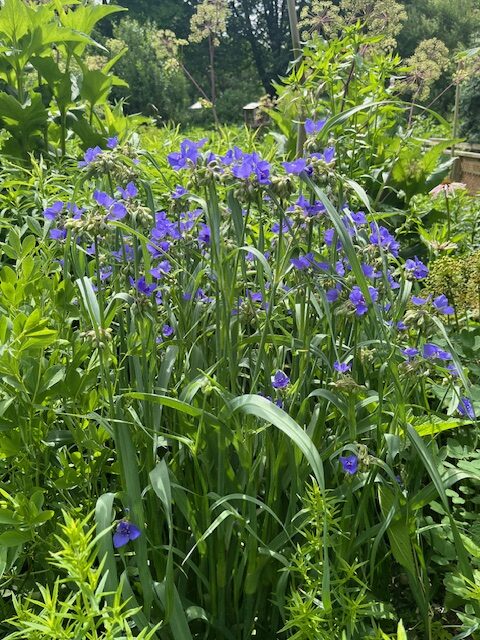
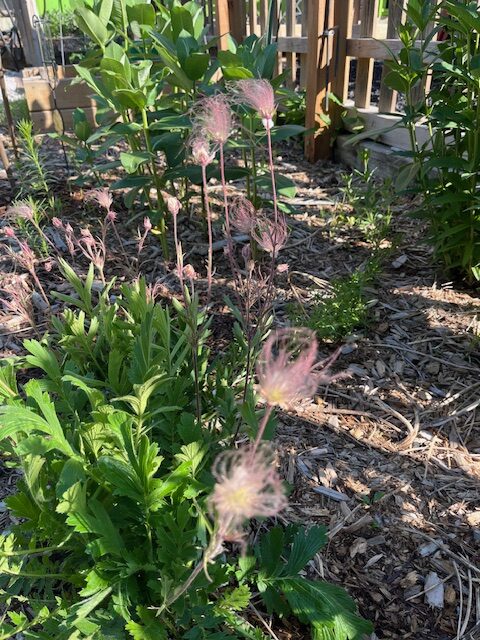
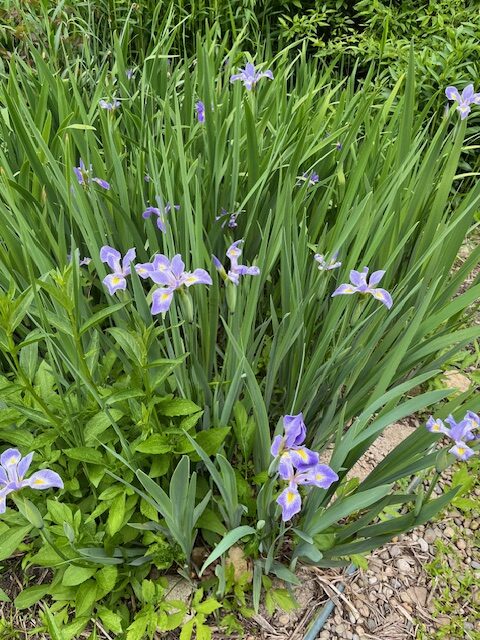
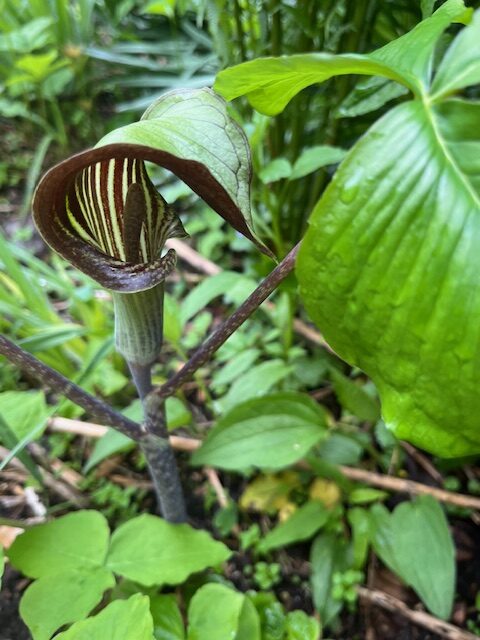
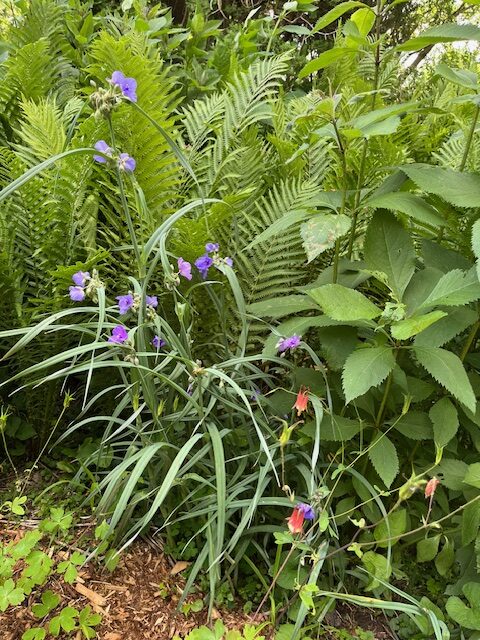
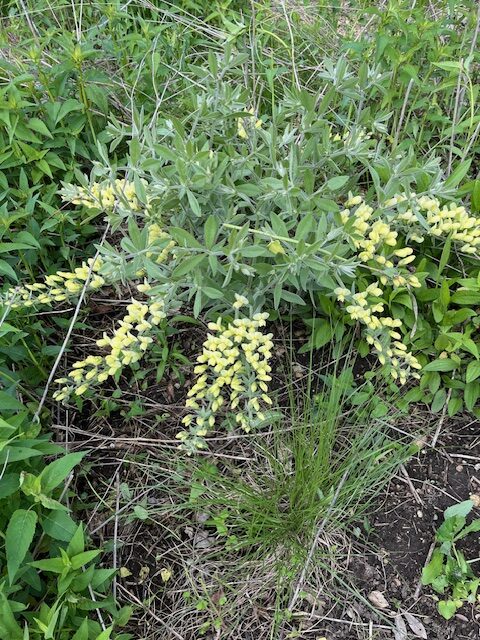
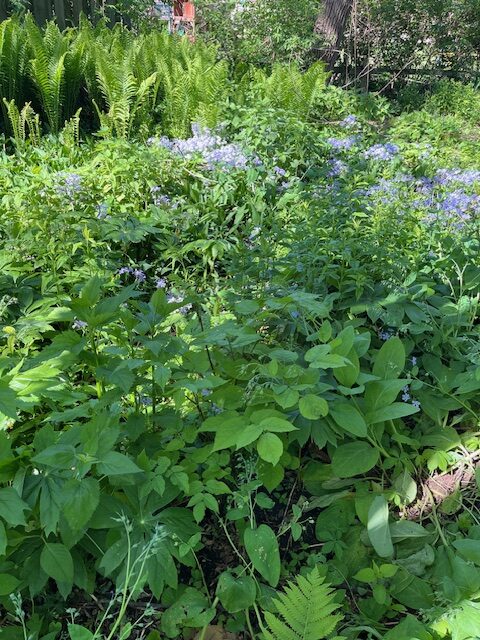

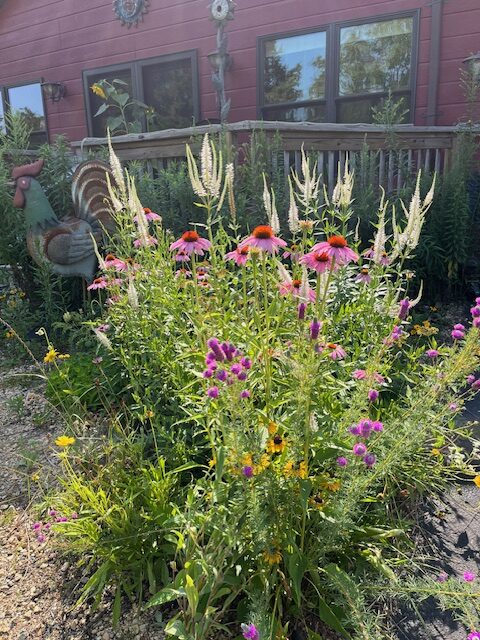

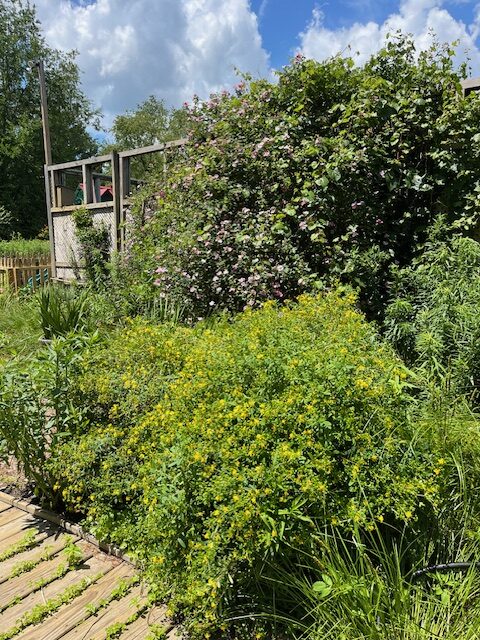
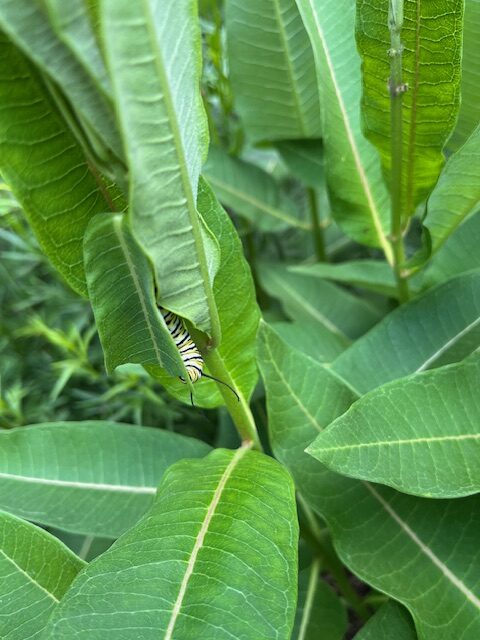
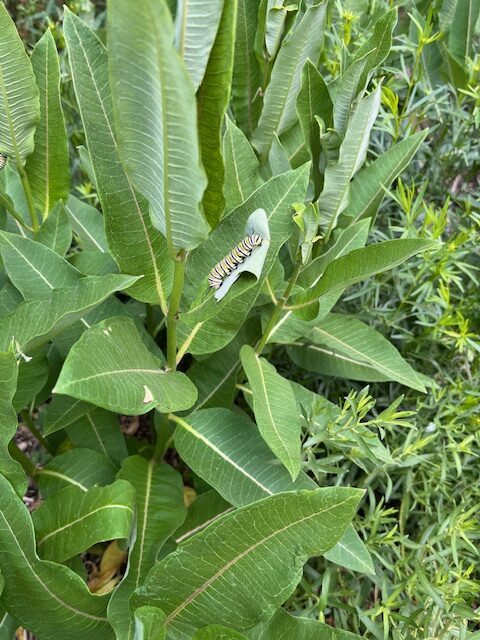
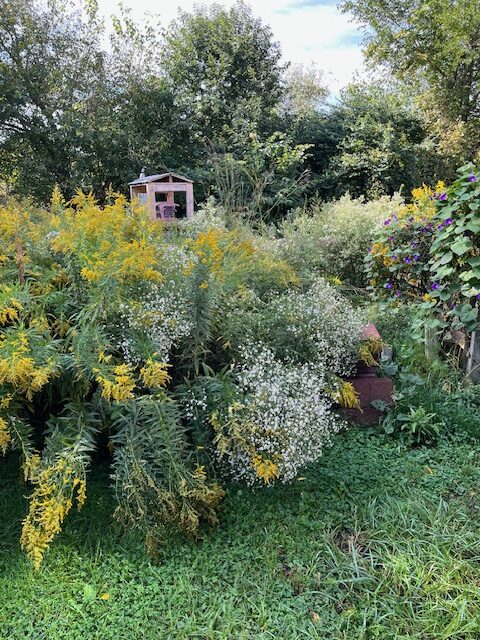
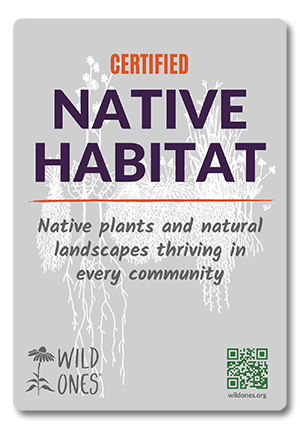
This member garden is a Certified Native Habitat!
This program celebrates members creating spaces for wildlife and pollinators. Your garden can be part of the movement!

